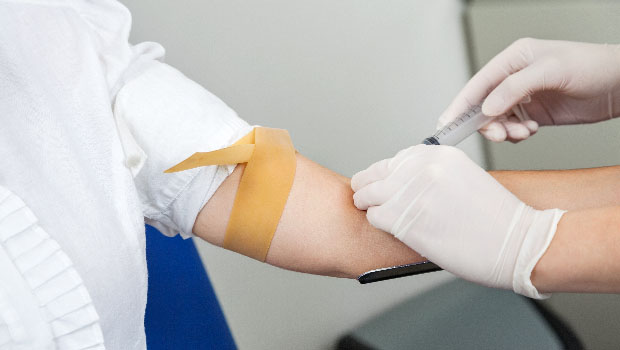A 3-Time Artificial Pancreas Test Subject Speaks

Kelly Close, a noted diabetes advocate and author, used to be last in line to embrace new diabetes technology. In fact, the only reason she even went on insulin pump therapy at all was because her boss requested it. Speaking at the ADA Scientific Sessions in Boston, Close says she was having trouble at her job with her blood sugar swings when her boss told her to go on the pump.
“Would I have gone on it on my own? No way,” she said.
Her conversion from diabetes tech skeptic to believer was quick, especially as she immediately began to feel better on pump therapy.

“My life changed overnight,” she said.
Now, Close holds the distinction of being one of the few people with diabetes who has participated in three artificial pancreas trials. During a panel discussion, she described the promise and pitfalls of artificial pancreas development, and she did it with a visible and infectious enthusiasm.
Close has seen the advances in artificial pancreas technology with each trial. She has gone from being attached in a lab setting with a nurse watching her blood sugar to being out on her own in a real world setting. On the flip side, she has experienced the practical hurdles of these experimental systems, including wearing a lot of gear and having to fret over keeping an artificial pancreas charged at home.
Because of this varied experience, she can offer a realistic assessment of the artificial pancreas, and she cautions it will not be a magic wand that makes everything perfect. Some of that might be because of our expectations; as artificial pancreas technology gets better, mobile technology gets better faster. People with the latest iPhone might get frustrated with the relative clunkiness of the first pump on the market.
“Our expectations are much higher than they used to be,” Close said.
Also, it should be noted that glucagon has never been used long-term on humans, and there’s always the possibility that this could cause health complications. And an artificial pancreas won’t make diabetes go away; your blood sugar will still go high, but when insulin brings it down, it will be “a soft landing”, she said. And there will be inevitable growing pains. All of this is worth it for Close, but she says an artificial pancreas may not be for everyone right off the bat.
“If you have super-high expectations, you shouldn’t get the first generation or even the second-generation (artificial pancreas pump),” she said.
Still, she foresees a future where the artificial pancreas is the cornerstone of Type 1 diabetes management, and she believes every bump in the road is worth it to get to that future. She said she would be happy to risk long-term glucagon exposure use and bugs in the system to have an artificial pancreas 24 hours a day, 365 days a year. That’s because she knows how much better she feels and how much easier her life is when she’s used this kind of system.
Using an artificial pancreas relieves “the burden of the day to day management of diabetes,” she says. “It gives me a fair shot at my day.”
Thanks for reading this Insulin Nation article. Want more Type 1 news? Subscribe here.
Have Type 2 diabetes or know someone who does? Try Type 2 Nation, our sister publication.